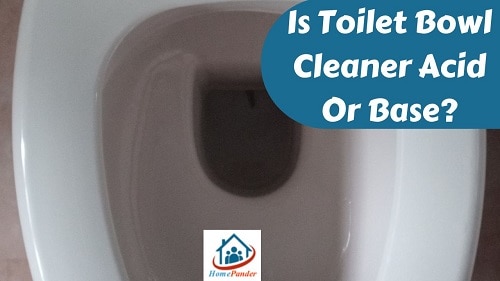If you hear water running constantly in your toilet, you may have a running toilet. A running toilet can be annoying and wasteful, but the good news is that it’s usually a problem you can fix on your own without calling a plumber.
In this article, we’ll walk you through the steps to fix a running toilet yourself, including diagnosing the problem, gathering the tools you’ll need, and making the repairs.
Reasons Behind a Running Toilet
A running toilet is a common problem in households, and it can be caused by several reasons. Here are some of the most common reasons:
Faulty Flapper
A faulty flapper is one of the most common reasons behind a running toilet. The flapper is a rubber valve that controls the flow of water from the tank to the bowl. If it is not sealing properly, water will keep flowing into the bowl, causing a running toilet.
Loose Chain
The chain that connects the flapper to the flush handle can become loose over time, causing the flapper not to close properly. This results in water continuously flowing into the bowl.
Malfunctioning Fill Valve
A malfunctioning fill valve can also cause a running toilet. The fill valve is responsible for refilling the tank after each flush. If it doesn’t work correctly, it may not fill the tank to the appropriate level, causing the toilet to run.
High Water Level
If the water level in the tank is too high, it can cause the water to overflow into the bowl, resulting in a running toilet.
Gathering Your Tools
Once you’ve diagnosed the problem, you’ll need to gather the tools you’ll need to fix your running toilet. Here are some tools you may need:
- Adjustable wrench
- Screwdriver
- Replacement flapper valve
- Replacement fill valve
- Replacement float
How to Fix a Running Toilet Without Calling a Plumber
Now that you have your tools ready, it’s time to make the repairs. Here are the steps you’ll need to follow:
Step 1: Turn off the Water Supply
Before you start working on your toilet, you’ll need to turn off the water supply. Look for the valve on the wall behind your toilet and turn it clockwise until it’s fully closed.
Step 2: Empty the Tank
Flush your toilet to empty the tank of water. Use a sponge or towel to soak up any remaining water in the tank or bowl.
Step 3: Replace the Flapper Valve
If the problem is with the flapper valve, remove the old valve and replace it with a new one. Follow the manufacturer’s instructions for installation.
Step 4: Adjust the Float
If the problem is with the float, adjust it so that it’s at the correct height. The correct height will be indicated on the float or in the manufacturer’s instructions.
Step 5: Replace the Fill Valve
If the problem is with the fill valve, remove the old valve and replace it with a new one. Follow the manufacturer’s instructions for installation.
Step 6: Turn on the Water Supply
Once you’ve made the repairs, turn the water supply back on by turning the valve counterclockwise. Flush your toilet to make sure everything is working properly.
Conclusion
A running toilet can be a frustrating problem, but it’s usually something you can fix yourself without calling a plumber. By diagnosing the problem, gathering your tools, and following the steps we’ve outlined, you can get your toilet running smoothly again in no time.
FAQs
How do I know if my toilet is running?
If you hear water running
Why is my toilet running?
A running toilet is usually caused by a problem with the flapper valve, float, or fill valve.
How much does it cost to fix a running toilet?
The cost of fixing a running toilet depends on the cause of the problem and whether you choose to fix it yourself or call a plumber. If you choose to fix it yourself, the cost will be minimal.
How long does it take to fix a running toilet?
Fixing a running toilet can usually be done in less than an hour, depending on the cause of the problem and your level of experience.
Can a running toilet cause damage to my home?
A running toilet can cause damage to your home if it’s left unfixed for a long time. The constant flow of water can cause mold and mildew growth, and it can also increase your water bill. Therefore, it’s best to fix the problem as soon as you notice it.




![How to Remove Crystallized Urine [Explained]](https://homepander.com/wp-content/uploads/2022/02/How-To-Remove-Crystallized-Urine.jpg)






![How To Clean Dark Grout That Has Turned White [5 Easy Ways]](https://homepander.com/wp-content/uploads/2021/12/How-To-Clean-Dark-Grout-That-Has-Turned-White.webp)